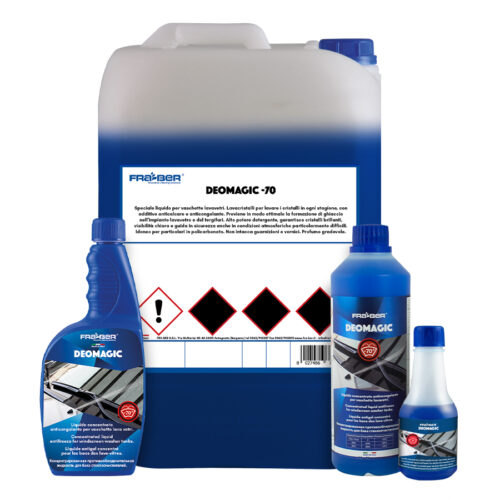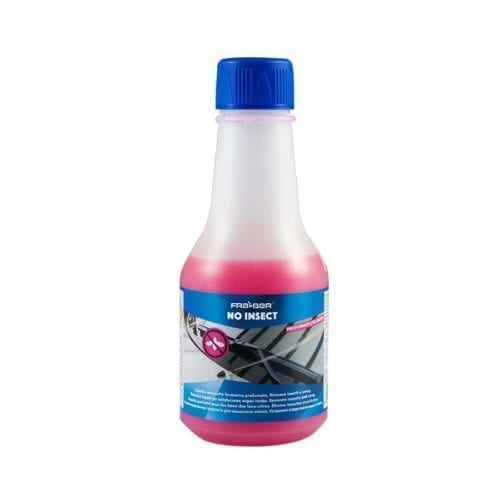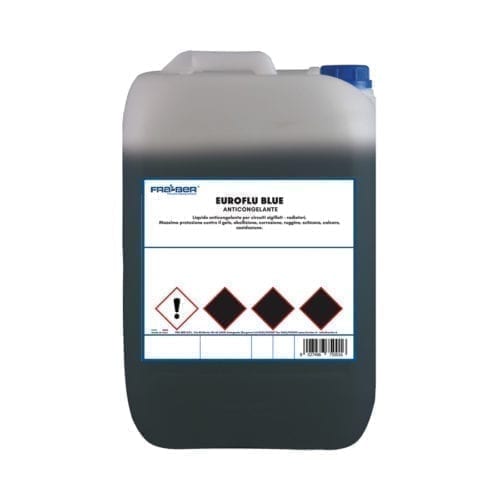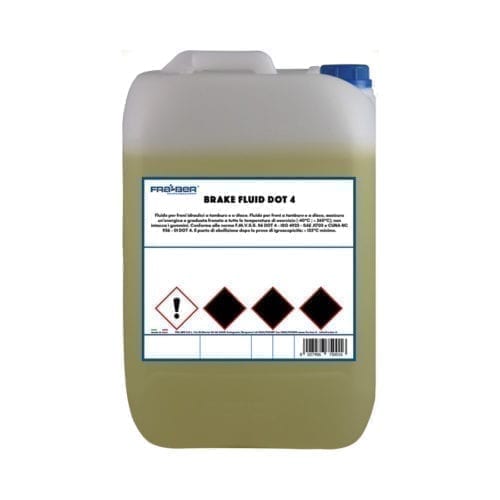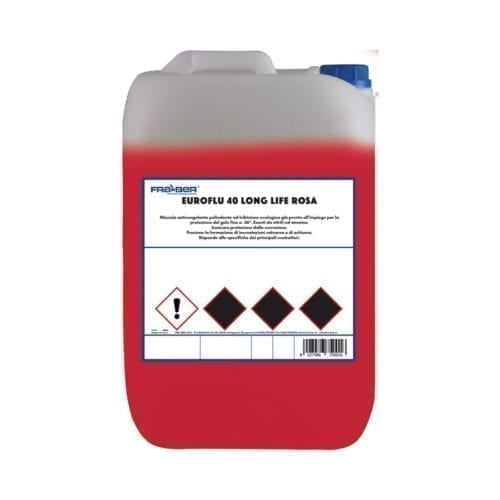WHY CHOOSE FRA-BER’S BOAT LINE?
Thorough research on cleaning products is essential, not only to achieve safe and effective results, but above all to choose environmentally-friendly detergents. This is a fundamental aspect, especially for detergents designed to take care of boats in close contact with the marine environment. Starting precisely from this concept, we have developed a line for cleaning motor and sailing boats with specific characteristics:
| NTA and EDTA are complexing agents used to soften water and to support the cleaning action of products. They are not easily biodegradable and when they reach the water they pollute marine fauna and flora and, as a result, the whole food chain associated with them, humans included. In our line, we have replaced them with easily biodegradable alternatives*. | |
| Formaldehyde is an organic compound in the vapour phase, characterised by a pungent smell. Formaldehyde causes irritation to eyes, nose and throat, as well as sneezing, coughing, fatigue and skin erythema. Subjects who are susceptible or immunologically sensitised to formaldehyde may have adverse reactions even at low concentrations. In 2004, IARC included formaldehyde among the compounds of group I (carcinogenic to humans). As this is an agent with a probable carcinogenic action, the lowest possible concentration level is recommended. We avoid using it altogether. | |
| After use, products end up in water, so we take into account their affect also after use. We have reduced the excessive use of phosphates that can cause serious pollution through the eutrophication of algae and an oxygen deficit in water, resulting in the death of entire ecosystems. | |
| Active ingredients are fundamental to achieve the primary function of detergents: cleaning. Fra-Ber’s research centre decided to use in some of its products surfactants of vegetable origin, such as coconut, sugar, chicory, or wheat. These substances, as well as necessary, are entirely and rapidly biodegradable* and therefore have a very low impact on ecosystems. |
*EU Regulation 648/2004 defines ‘Complete aerobic biodegradability’ as ‘the level of biodegradation obtained when a surfactant is completely eliminated by microorganisms in the presence of oxygen which cause it to break down into carbon dioxide, water and mineral salts of any other present element (mineralisation)…’ (EEC Reg. 648/04 – Art. 2, 8). ‘The biodegradability of surfactants in detergents is considered satisfactory if the level of biodegradability (mineralisation) measured … is at least 60% within a period of twenty-eight days…’ (EEC Reg. 648/04 – Annex III).
*“According to EU Regulation 286/2011, in the title on the ‘Rapid degradability of organic substances’ in section 4.1.2.9.5, substances must be considered as rapidly degradable if at least one of the following conditions is met: a) in studies of prompt biodegradation within 28 days at least the following levels of degradation are reached; i) in tests based on dissolved organic carbon: 70%; ii) in tests based on oxygen depletion or carbon dioxide formation: 60% of the theoretical maximum value. These levels of biodegradation must be achieved within 10 days from the start of the degradation process, considered as the moment when 10% of the substance has been degraded…”

 EN
EN IT
IT ES
ES FR
FR DE
DE RU
RU